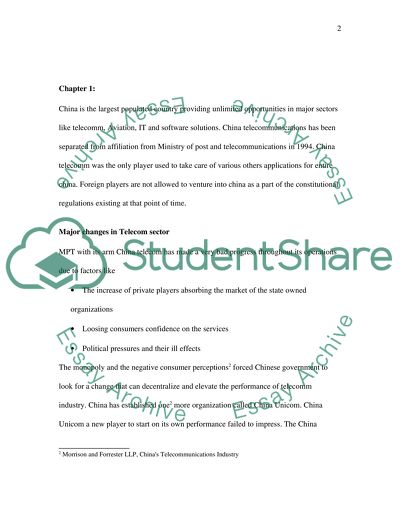Cite this document
(“Major Developments and Issues of China Telecommunication Term Paper”, n.d.)
Major Developments and Issues of China Telecommunication Term Paper. Retrieved from https://studentshare.org/media/1538151-an-essay-for-the-subject-industrial-economics
Major Developments and Issues of China Telecommunication Term Paper. Retrieved from https://studentshare.org/media/1538151-an-essay-for-the-subject-industrial-economics
(Major Developments and Issues of China Telecommunication Term Paper)
Major Developments and Issues of China Telecommunication Term Paper. https://studentshare.org/media/1538151-an-essay-for-the-subject-industrial-economics.
Major Developments and Issues of China Telecommunication Term Paper. https://studentshare.org/media/1538151-an-essay-for-the-subject-industrial-economics.
“Major Developments and Issues of China Telecommunication Term Paper”, n.d. https://studentshare.org/media/1538151-an-essay-for-the-subject-industrial-economics.


